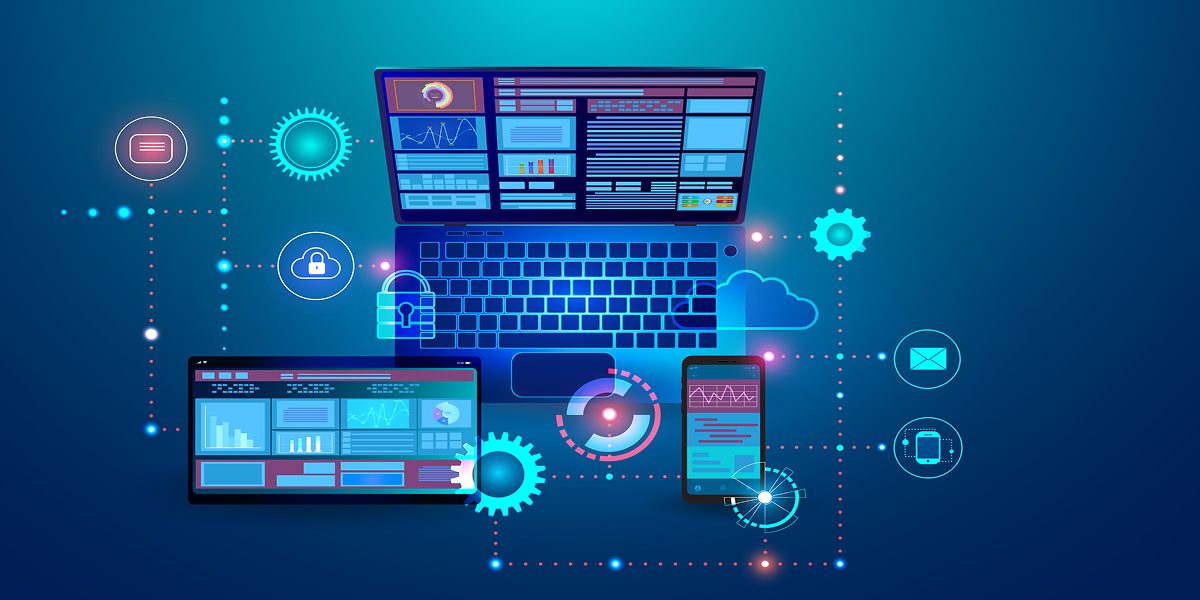Imagine teaching a self-driving car to navigate traffic without ever letting it touch a real road. Or training a healthcare model to detect diseases without exposing a single real patient record. That’s the magic of synthetic data — a world where artificial intelligence learns from data that never existed in the physical sense, yet behaves almost exactly like it does.
In this new era of machine learning, synthetic data generation stands as both an art and a science, allowing organisations to create vast, diverse, and secure datasets for training. It blends mathematics, creativity, and ethical foresight — and technologies like GANs (Generative Adversarial Networks) and VAEs (Variational Autoencoders) sit at the heart of it.
Understanding the Concept: The Mirror World of Synthetic Data
Synthetic data is like a reflection in a mirror — it resembles the real thing but isn’t identical. Instead of capturing information from actual events or individuals, it’s generated through algorithms that learn the structure and distribution of real data.
Think of it as building a realistic simulation of reality, one where every transaction, click, or image behaves as expected but without any privacy concerns. This approach allows data scientists and analysts to work freely, exploring trends and testing hypotheses without violating regulations like GDPR or HIPAA.
Professionals eager to master this discipline often start by learning how data pipelines and modelling systems work, and structured courses such as business analyst training in Bangalore introduce these modern frameworks that bridge the gap between analytics, ethics, and innovation.
The Science Behind the Magic: GANs and VAEs
At the core of synthetic data generation lie two powerful neural architectures — GANs and VAEs. GANs work like a rivalry between an artist and a critic. The “generator” creates fake samples, while the “discriminator” tries to spot the fakes. Over time, this rivalry refines the results until the synthetic data is indistinguishable from the real thing.
VAEs, on the other hand, use probabilistic modelling. They learn the underlying latent variables — the hidden factors that explain why the data behaves the way it does. This allows them to generate realistic variations of the original dataset, maintaining the diversity necessary for robust machine learning.
These models enable companies to expand datasets in fields like finance, healthcare, or autonomous driving — where access to real-world data is often limited or sensitive.

Real-World Applications: When Data Privacy Meets Innovation
Synthetic data isn’t just a theoretical breakthrough; it’s a practical necessity. Financial institutions use it to train fraud detection systems without exposing customer data. Healthcare organisations rely on it to develop diagnostic algorithms without compromising patient confidentiality.
Even e-commerce companies employ synthetic datasets to test recommendation engines or simulate demand surges before launching a new product.
The beauty lies in balance — maintaining the realism of data while removing any identifiable traces. It ensures that innovation doesn’t come at the cost of privacy or compliance.
The Business Analyst’s Perspective: Turning Data into Decisions
For a business analyst, synthetic data opens up new frontiers. It offers the freedom to experiment, model, and validate strategies without waiting for perfect data collection. When paired with analytical tools and domain expertise, it allows decision-makers to predict outcomes, estimate risk, and model customer behaviour with unprecedented precision.
Training in this field not only requires understanding algorithms but also developing an ethical framework for data use. Enrolling in a business analyst training in Bangalore helps professionals bridge the technical and analytical gap — learning how to apply synthetic data concepts responsibly in real-world projects.
Challenges and Future Directions
Despite its promise, synthetic data generation isn’t without challenges. Poorly trained models can generate unrealistic samples or amplify existing biases from the original datasets. Ensuring diversity, fairness, and data integrity is vital for the credibility of AI systems.
Researchers are also exploring how synthetic data can power emerging domains like federated learning — enabling collaboration between institutions without sharing raw data. The future points toward a world where synthetic and real data work in harmony, expanding the scope of analytics beyond traditional boundaries.
Conclusion
Synthetic data has transformed from a niche research concept into a strategic enabler for businesses and analysts. It’s the invisible layer powering innovation while preserving trust, ethics, and security.
For aspiring professionals, understanding how to generate and leverage synthetic data is becoming a core skill. With the right balance of technical knowledge and analytical vision, today’s analysts can shape a future where privacy and progress coexist — proving that sometimes, the most powerful data is the one that isn’t real at all.







